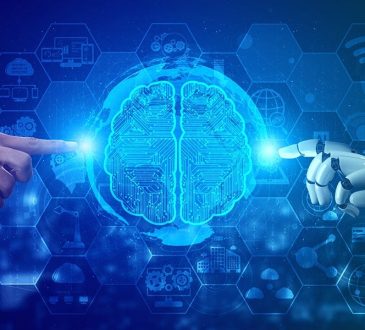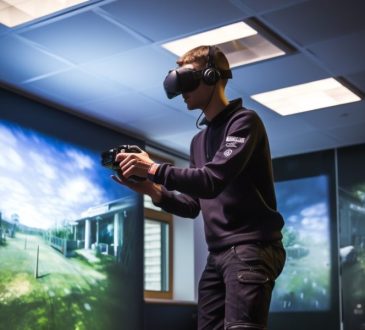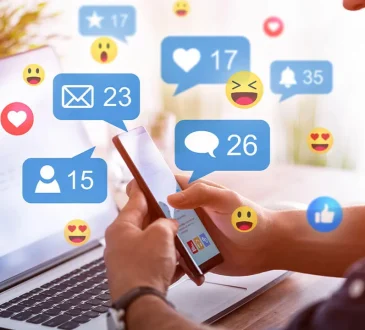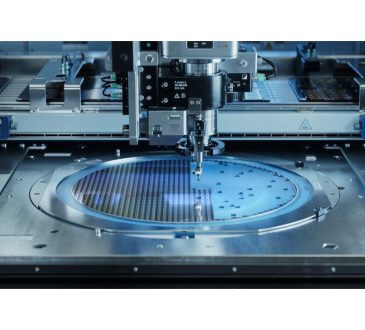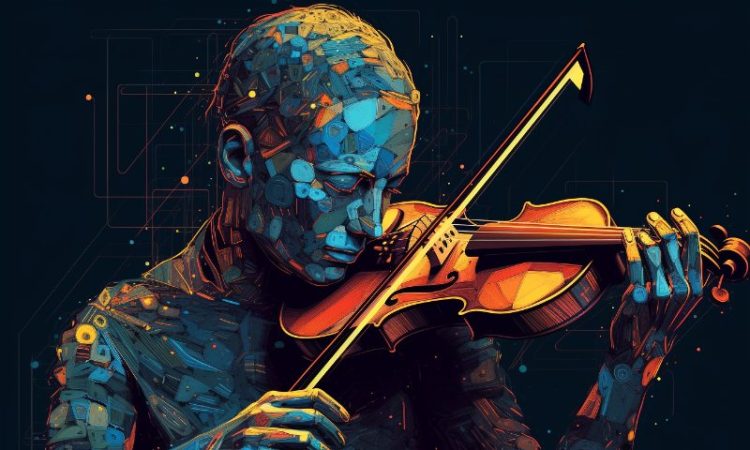
AI music and traditional mixing represent two fundamentally different approaches to creating audio content. While traditional mixing involves manual manipulation of audio tracks, AI music creation relies on algorithms to generate compositions. These technologies serve different purposes and offer unique advantages to creators depending on their needs and skill levels. The emergence of the AI music generator has revolutionised how audio content is produced. These sophisticated tools can create complete tracks from scratch, generating melodies, harmonies, and rhythms without requiring extensive musical knowledge. This technology allows users to create customised beats through simple input selections rather than complex text prompting.
Human vs. machine
Traditional mixing places the human creator at the centre of the production process. Each decision about levels, effects, and arrangement stems from the mixer’s artistic vision and technical expertise. The process is hands-on, with the creator manually adjusting parameters to achieve the desired sound. AI music creation flips this model by putting algorithms in the driver’s seat. The human becomes more of a director, setting parameters and guiding the AI rather than executing every detail. This fundamental shift changes the relationship between creator and creation, with technology handling many decisions that previously required human judgment.
Time and resources
AI music creation offers several advantages over traditional methods:
- Instant results with minimal setup time
- No need for expensive studio equipment
- Ability to generate multiple variations quickly
- Reduced need for session musicians or sample libraries
- Lower production costs overall
Traditional mixing requires more resources but provides greater control over the final product. Each element can be precisely adjusted, creating a signature sound that reflects the mixer’s unique style and vision. The question of authenticity looms large when comparing AI and traditional mixing. Traditional mixing carries the human touch, imperfections, creative decisions, and subtle nuances that reflect personal style. These elements often give traditional mixed music its character and emotional resonance. AI-generated music has made impressive strides in quality, but still faces challenges in creating truly unique sounds. While the technology can produce commercially viable tracks, critics argue that AI compositions sometimes lack the distinctive personality that defines memorable music. Algorithms continue to improve, narrowing this gap.
Skills and accessibility
The skills required for each approach differ dramatically:
- Traditional mixing requires years of practice
- Deep understanding of audio engineering principles
- Familiarity with various equipment and software
- Trained ear for subtle sound differences
- Knowledge of music theory and arrangement
AI tools democratize music creation by removing these technical barriers. Users with limited musical background can produce professional-sounding tracks, opening creative possibilities to a broader audience.
Hybrid approaches
The future is likely not about choosing between AI and traditional mixing, but combining them strategically. Professional producers increasingly use AI tools to generate initial ideas or handle routine tasks while applying traditional mixing techniques for final polish and customisation. This hybrid approach leverages the efficiency of AI while preserving the nuanced control of conventional methods. Music will become increasingly blurred between computer-generated and human-created as AI technology advances, offering new possibilities in audio production. The conversation about AI versus traditional mixing continues to evolve as technology advances.

